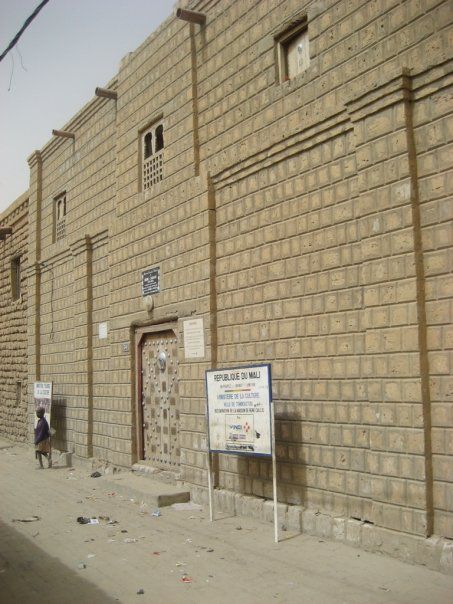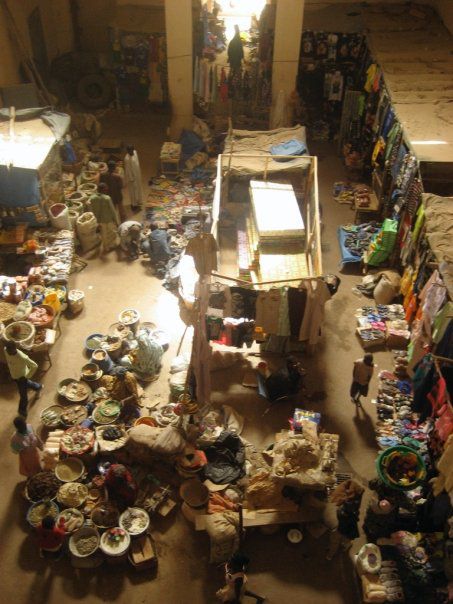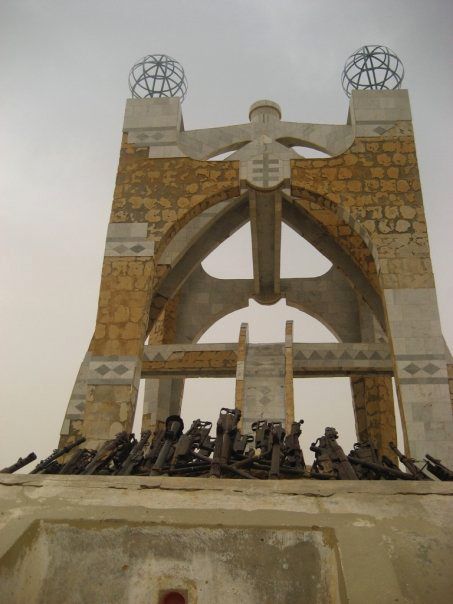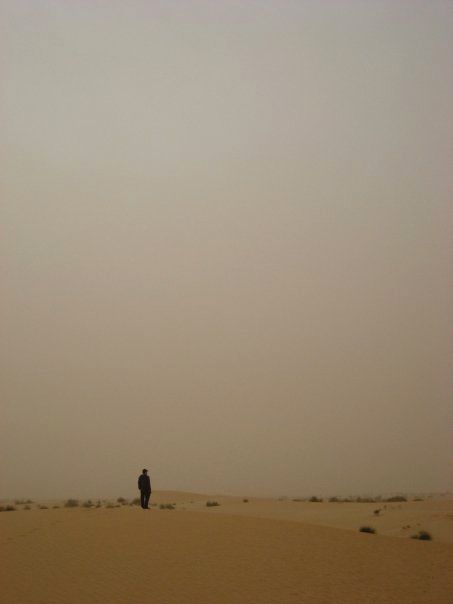How does one go from here to Timbuktu? For me, like this:
• 21 bus to the Lake Street LRT station
• LRT to MSP Airport
• Flights from MSP to Detroit, to Paris, to Bamako, Mali
• Car ride to Mopti
• Flight from Mopti to Timbuktu
Okay, so it’s a little more than just a hop, skip and jump away. And Timbuktu is back in Mali’s hands, thanks to help from the French and other Western powers. It was ruled by Islamist militants since early last year.
I made the trip to Mali, a land-locked country in West Africa, in January 2009 as part of a team working on a USDA-sponsored sustainable agriculture project. The country is almost completely Muslim, was a French colony and is one of the poorest countries on earth.
Our work took us withing a few hundred miles of Timbuktu, so a few of us made a brief visit. Before I left the U.S., I knew very little about it. Here’s what I learned (and saw):
The city is on the southern edge of the Sahara Desert. The area south of the city is more of a rocky landscape.
A canal linking Timbuktu to the Niger River is flooded a few months a year, making it accessible by boat. The canal was dry for years, but Muammar Gaddafi’s regime in Libya funded a dredging project about five years ago. South Africa and Gaddafi’s Libya were both benefactors of several improvement projects in the city.
The city is very flat, very windy, and very, very sandy. I took this photo from the rooftop of a hotel run by a French woman — she served the best French cuisine I’ve ever had.
Most of Timbuktu’s buildings are made of mud, but some, like this museum, are made of limestone.
Much of the city’s commerce happens in covered markets like this one.
The Djingareyber Mosque is the city’s oldest monument, built in 1327. The Islamist rebels destroyed two tombs at the mosque last year.
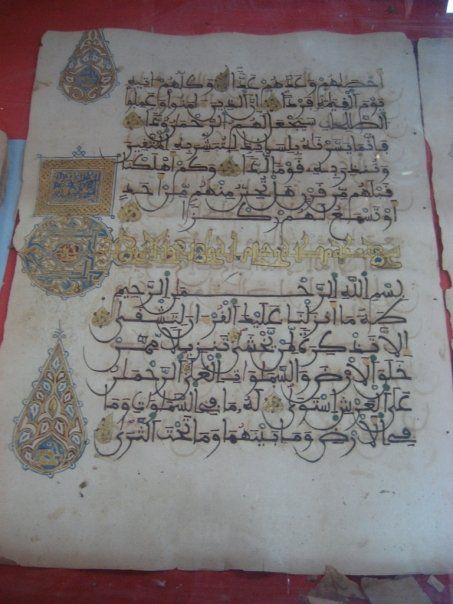
Apart from symbolizing something foreign, or the middle of nowhere, Timbuktu is famous for its ancient manuscripts. Because it was at the center of a number of trade routes sometime after the 12th Century, it became rich — and a great center for learning. Those days are long past, but many of the books and manuscripts were preserved in a few libraries in the city. We were told they contained, among other subjects, works of mathematics, astronomy, and copies of and commentaries on the Qur’an.
Yesterday, The Guardian reported that fleeing rebels had torched many of the manuscripts. But today, Time reported that most of the manuscripts had been removed from the libraries in the lead up to Timbuktu’s fall last year. Let’s hope that’s true.
We were also told in 2009 that many families still own manuscripts, though some families have sold them — Timbuktu is very, very poor. Whatever the case, why supposedly “Islamic” rebels would try to destroy their religion’s history goes to show how little they represent the majority of Muslims.
This is a peace memorial commemorating a mid-90s treaty between the Tuareg rebels and the Malian government. The Tuareg are a nomadic people in the Sahara that have long had a tenuous relationship with the Malian government. It’s only about 14 years old, but it was falling apart because no one took care of it.
I wonder if it’s still there today.
The Sahara is quite literally on the edge of town, encroaching more every year. This caravan of camels was heading north into the Sahara toward salt mines in Algeria.
And here I am, taking in the Sahara’s vastness.
If you’d like to keep up with the latest on the Malian conflict, I suggest following @Mali on Twitter.
— Nate Minor




